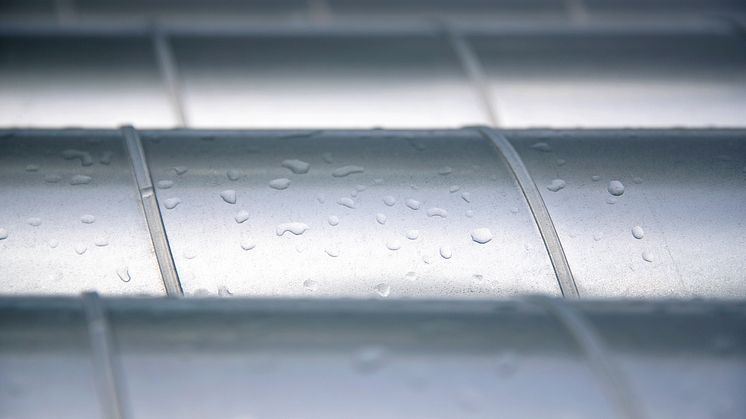
Blog post -
Why particulate matter matters
Let’s talk a bit about particulate matter, or airborne particles. Airborne particles are a form of air pollution, a piece of solid or liquid matter that floats in the air around us. These fine dust particles, or droplets, in the air vary from 1000 microns down to 1 micron or even less in width. To put it in context, there are about 10 000 microns in a centimeter. In other words, you have to squint real good to see them!
Where do the particles come from?
Particles are created through nature’s own processes as volcanic eruptions, sandstorms and forest fires, but they are also created by man when burning fossil fuels in vehicles, fireworks, fires etc. We also create a lot of particles indoors, coming from tobacco smoke, frying, burning candles and so on. Particles are found everywhere, especially on carpets, upholstered furniture and other fabrics.
A matter of size
Particulate matter is usually categorised according to their diameter. PM10 is a particle below 10 µm (micrometre), PM2.5 is below 2.5 µm and PM1 is – unsurprisingly – less than 1 µm. The most common particulate matters in the air are:
PM1 – Dust, combustion particles, bacteria and viruses.
PM2.5 – Pollen, mold spores and other organic particles.
PM10 – Coarser fine dust and organic particles.
Particulate matter and health effects
When inhaled, PM10, PM2.5 and PM1 affect the body in different ways. Their ability to get stuck in the body where they can form depots depends on their size and whether they can pass through the mucous membranes of the airways. PM10 and PM2.5 usually gets stuck in the lungs, while PM1 can enter the bloodstream where it can spread to other organs.
Dust levels above 100 microns/m3 may cause some short-term health effects such as eye-, nose-, throat- and lung irritation, coughing, sneezing, runny nose and shortness of breath. If you have chronic respiratory conditions such as asthma, rhinitis or bronchiolitis and dust is one of the things you’re sensitive to, particles can affect your lung function and worsen your asthma.
What can be done about it?
First and foremost, make sure to keep your premises clean and dust free. One very easy way to do this is to work proactively. If you have a ventilation system a majority of the particles from outside can be removed. Make sure to have a good quality HEPA filter. For the particles already indoors, you may also consider buying an air purifier with HEPA filters.
Sources:
https://www.cdc.gov/air/particulate_matter.html
https://www.iqair.com/newsroom/pm1
https://ww2.arb.ca.gov/resources/inhalable-particulate-matter-and-health
https://www.dcceew.gov.au/environment/protection/npi/substances/fact-sheets/particulate-matter-pm10-and-pm25





